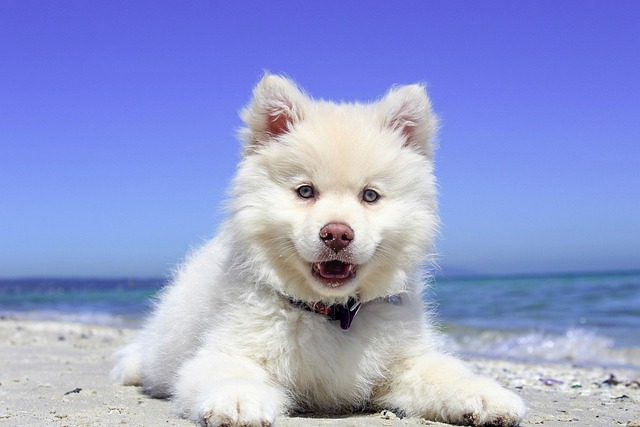
is it normal for dogs skin to peel
If you’re a new dog parent in the US—maybe you’re sitting on your Chicago apartment floor, brushing your 9-month-old rescue Lab mix
That struggle with the toothbrush—the head shaking, the clamped jaw, the escape attempts—is a frustrating experience for any dog owner who just wants to help. If your dog won’t tolerate brushing, forcing the issue will only damage your trust and create a lifelong aversion. The good news is that you have several effective, force-free alternatives to promote canine dental health without brushing. The key is to shift your mindset from a single method to a multi-faceted approach that works with your dog’s preferences and temperament.
Your first and most important step is a veterinary dental exam. You cannot address what you cannot see. Plaque hardens into tartar, which is cement-like and cannot be removed by chews or sprays; it requires professional scaling under anesthesia. Starting with a clean slate from your vet ensures you’re maintaining healthy teeth rather than fighting a losing battle against established disease that causes pain. After a cleaning, your goal becomes daily plaque removal through other means. Scientifically, the most effective alternatives are those that provide mechanical abrasion. Dental chews approved by the Veterinary Oral Health Council (VOHC) are designed to be scraped against the tooth surface as the dog chews. Rubber chew toys with nubs and grooves can also help scrub teeth through playful activity.
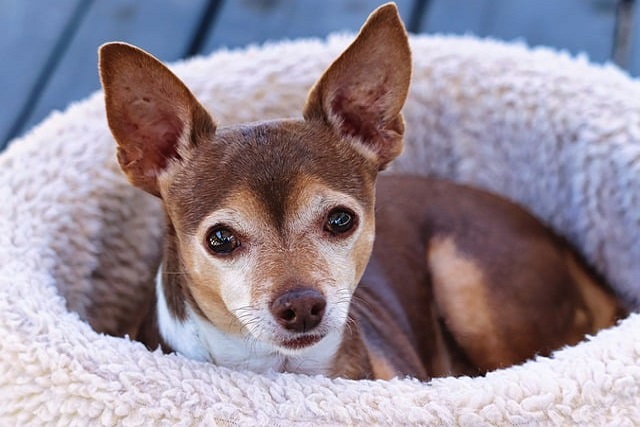
This is where positive reinforcement training is essential. Introduce any new chew or product slowly. Let your dog investigate it and reward them with praise for showing interest. If you’re trying a dental wipe or a finger brush, start by simply touching their muzzle and rewarding them. Gradually work up to lifting their lip for a second. Every positive, tiny step should be celebrated with a high-value treat. This patient, choice-based method aligns perfectly with modern animal welfare standards that completely reject any form of restraint or punishment for grooming and care, as it destroys the human-animal bond.
Your approach to your dog’s health also reflects your role in the community. A dog suffering from dental pain may be more irritable or prone to unexpected reactions, making consistent leash use and vigilance on walks even more critical. It is your non-negotiable duty to always carry and use poop bags to maintain clean public spaces and to strictly adhere to local leash laws. Furthermore, ensuring your dog’s rabies vaccination is up-to-date is a fundamental legal requirement. This is especially important if a dog in pain were ever to react defensively; a current vaccination provides vital protection for all involved.
Ultimately, maintaining your dog’s dental health without brushing is entirely possible. It requires a combination of professional veterinary care, approved dental chews, dental-specific diets, and perhaps water additives or powders. By exploring these options with patience and a commitment to positive experiences, you’re not just caring for their teeth—you’re preserving their overall wellness and your trusting relationship.

If you’re a new dog parent in the US—maybe you’re sitting on your Chicago apartment floor, brushing your 9-month-old rescue Lab mix
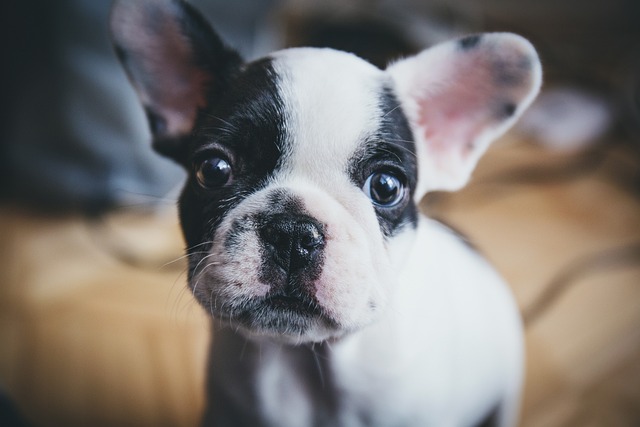
If you’re a new dog parent in the US—maybe you’re sitting on your Chicago apartment couch, petting your 9-month-old Golden Retriever
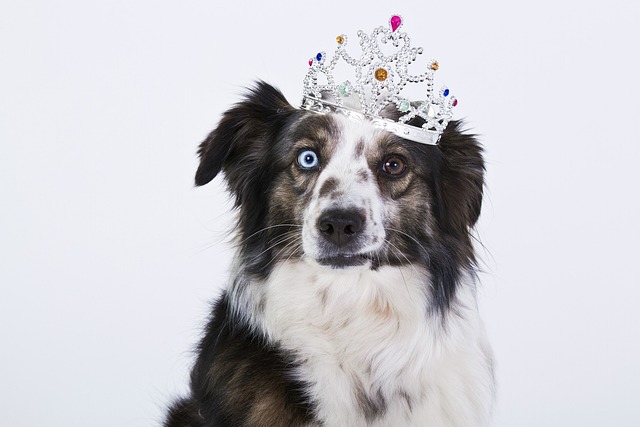
You’re standing in the pet care aisle, staring at a wall of grooming products—each bottle promising a softer coat, fewer tangles, and a happier dog.
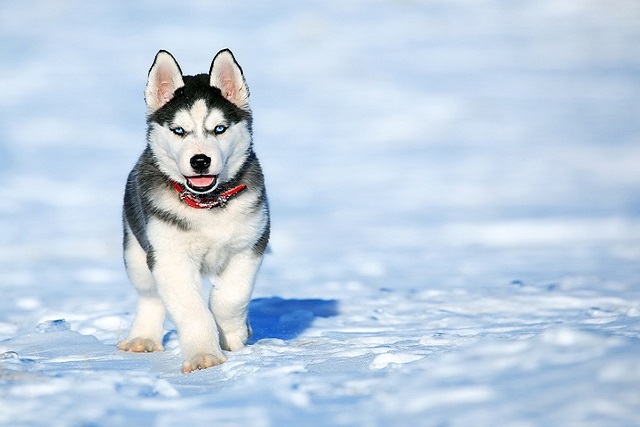
If your dog has ever had a weepy, red, or irritated eye, you know how unsettling it can feel. Maybe you noticed them pawing at their face during a morning walk
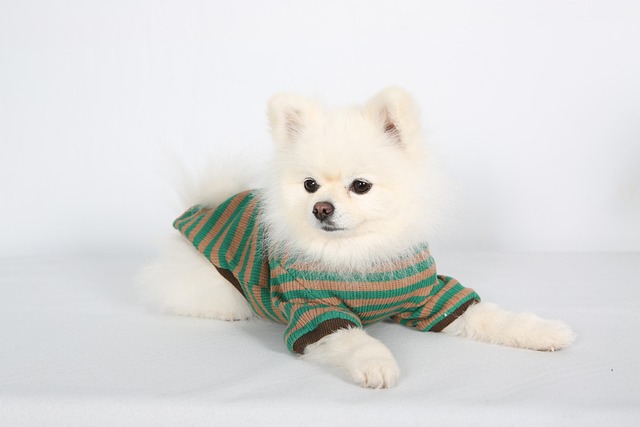
You’ve probably noticed your Pomeranian’s little belly hanging a bit lower these days, or maybe they huff more when climbing stairs—signs those extra pounds are starting to slow them down.
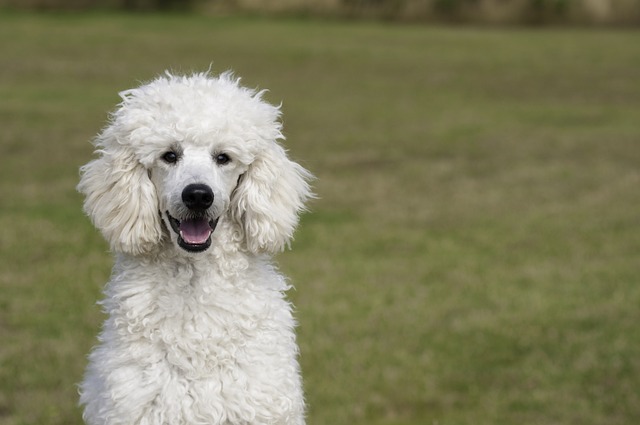
Watching a tiny puppy explore the world makes you wonder about all the little details that will shape them—including whether their coat will grow into a fluffy, long-haired style.